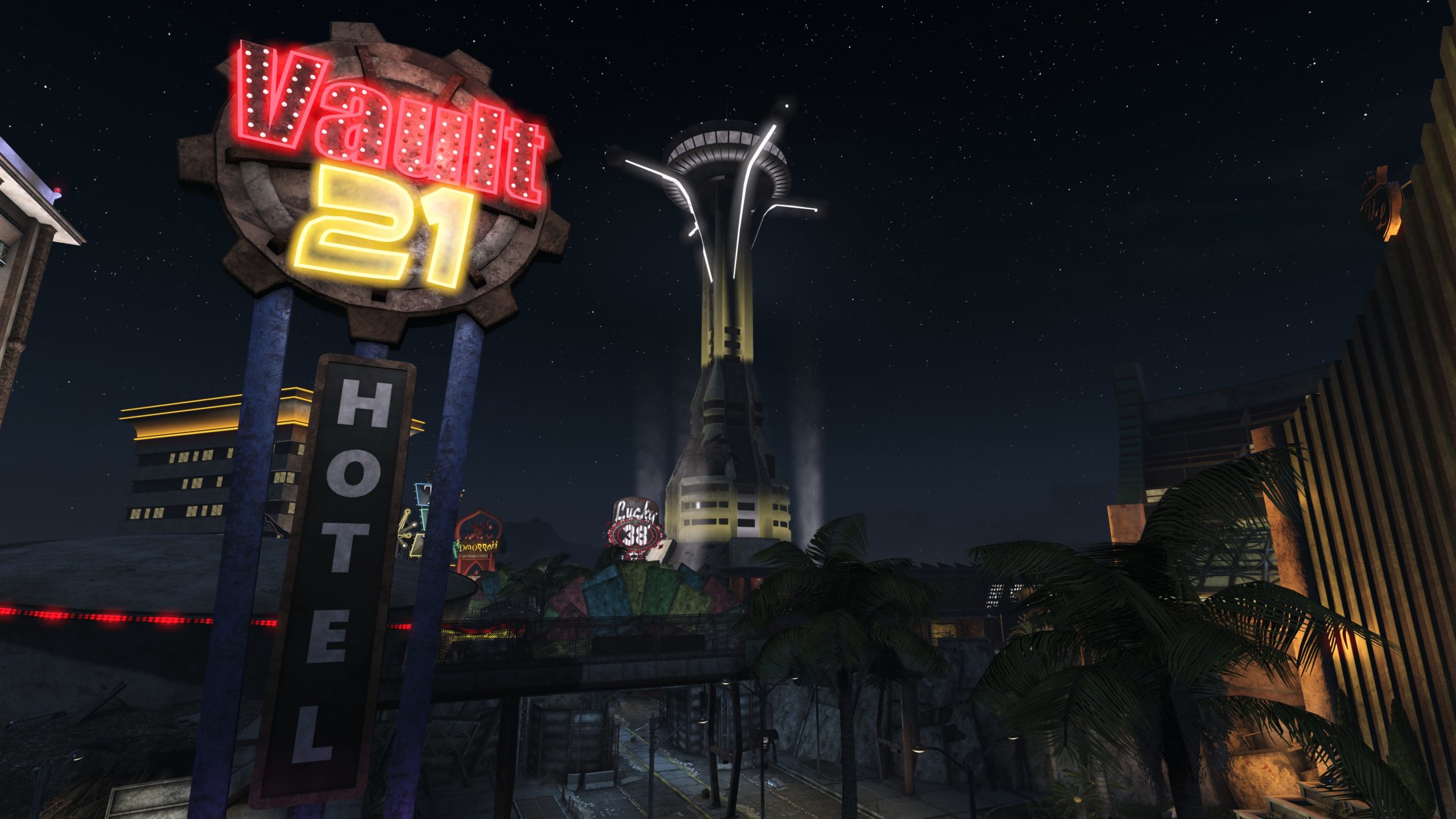

A 30fps target is set on PS4 and Xbox One too, keeping it on par with frame-rates in its last-gen titles.Īccepting its 30fps nature, we decided to go point-by-point through Fallout 4's biggest successes and failings as a current-gen title. In particular, Fallout 4's biggest selling point is its new, physically-based lighting system - plus a suite of added effects that put it a cut above Bethesda's last effort. A generation on, and differences are stark for several reasons, both in art direction and technology.

But new layers are added to the engine overall, giving a sense progress is being made - even if the skeleton of the studio's earlier work rattles underneath.įor a quick memory jog, we also went back to Fallout 3 on PC, maxing out all settings to see the standard Bethesda had to build on for Fallout 4. The sprawling dialogue tree system, the incredible volume to its world, the shifting time of day, use of physics-based items and ragdolls, and even the controller setup are eminently familiar. Having picked the game apart over the last week across PS4, Xbox One and PC, it's fair to say repeat use of the Creation Engine from Skyrim draws a lot of parallels with that game.

But questions were raised ahead of release is this a true technical successor to Fallout 3? And has the Creation Engine evolved enough to a point where this could only be achieved on current-gen hardware? No doubt, Bethesda is in its element with the sheer scale of its world building - and certain leaps are made on a visual level. Perhaps the most widely-leveled criticism is that it doesn't look like a 'next-gen' title in every aspect, but part of a line of games born from last-gen development.

Much has been said of Fallout 4's graphics prior to its launch.


 0 kommentar(er)
0 kommentar(er)
